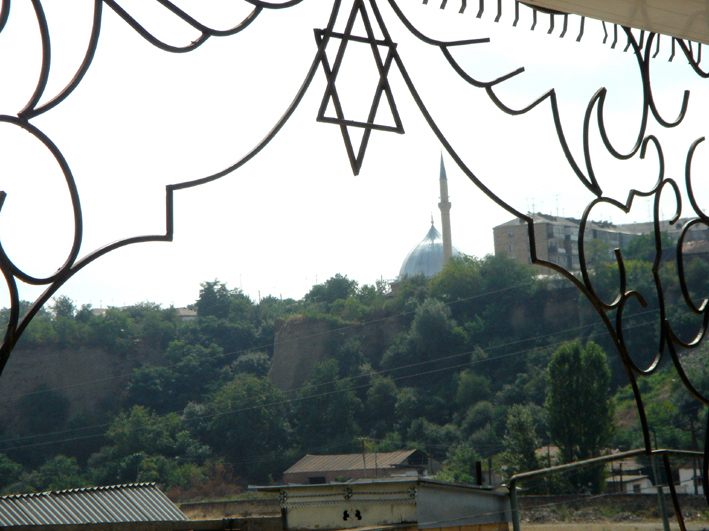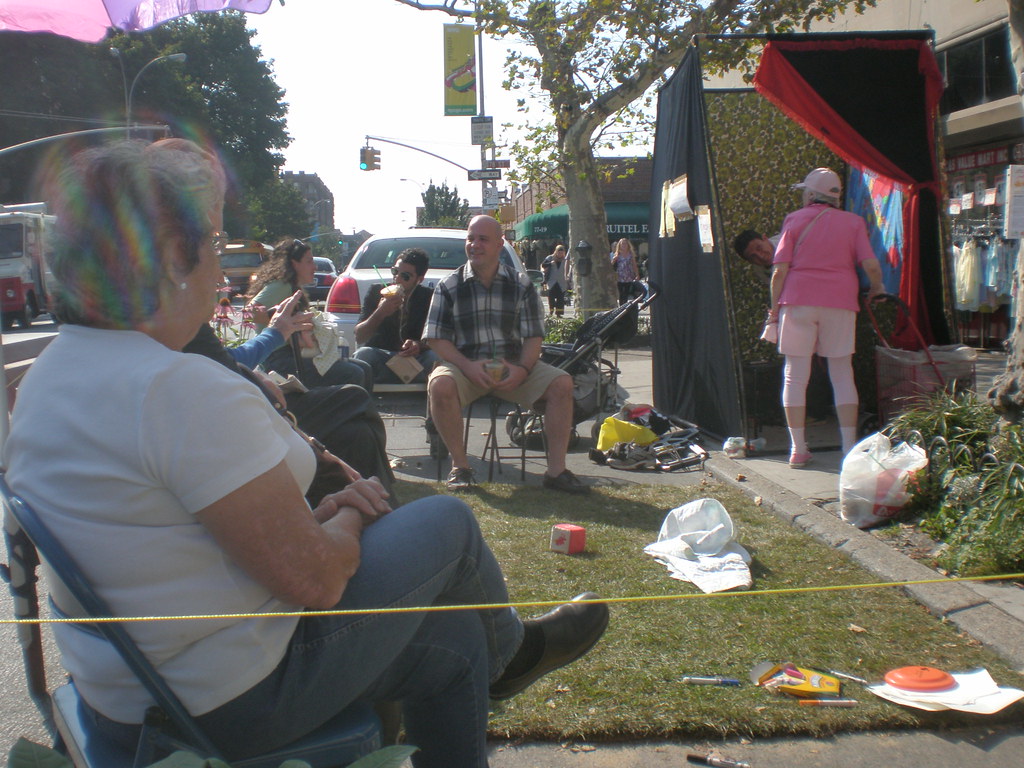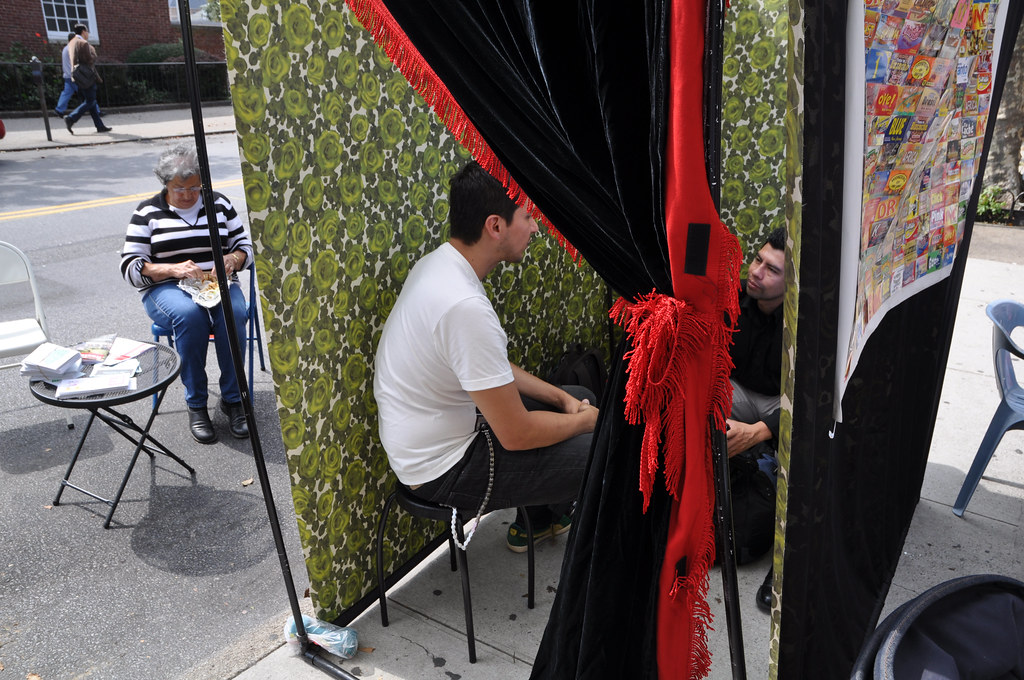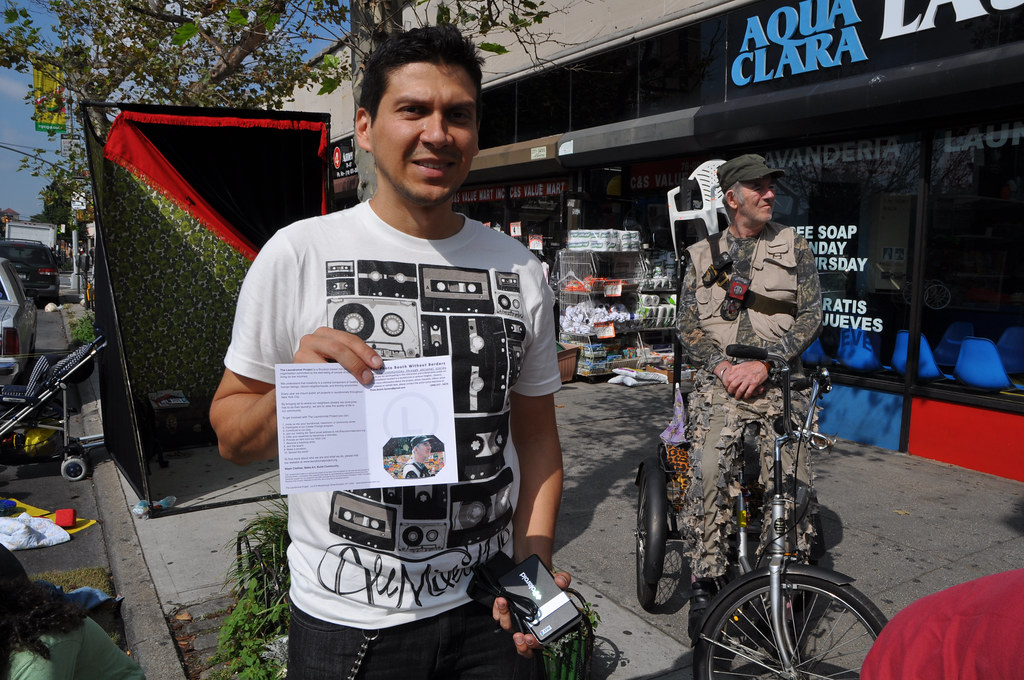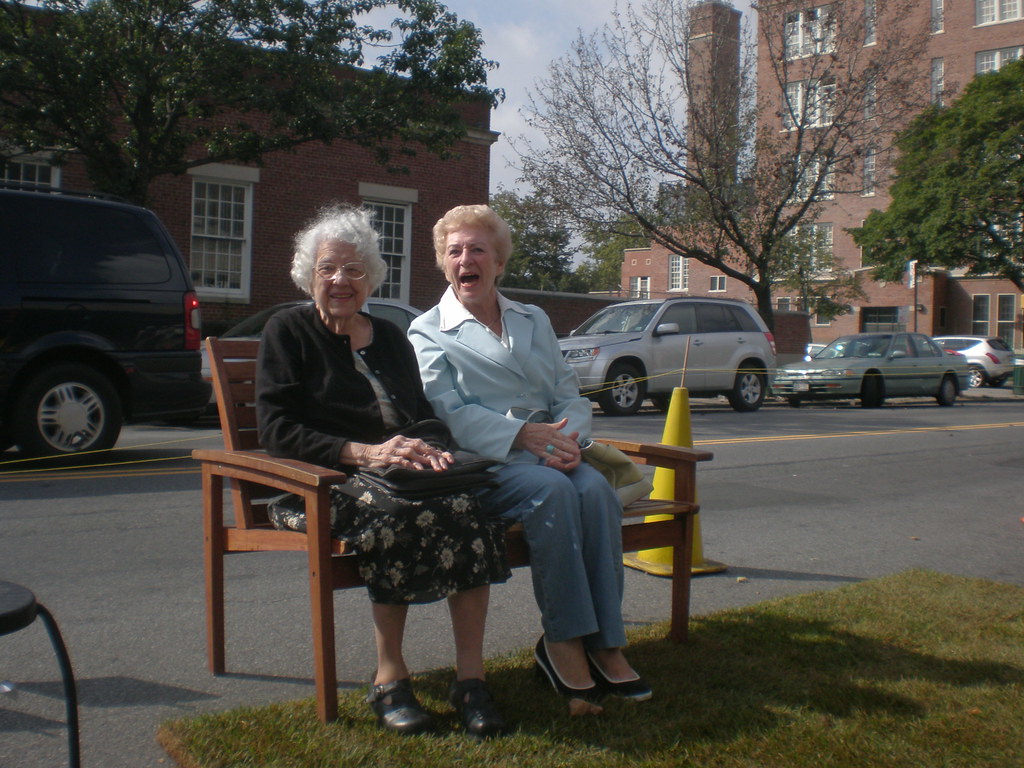| Photos: Elyaqim Mosheh Adam. |
Not surprisingly, I was running late for the vigil here in New York City for Jorge López who was the victim of a ghastly murder in Puerto Rico. His story greatly moved me, but I was nevertheless victim of my own difficulty managing time. While hurrying down Christopher Street toward Pier 45, I encountered a new friend I had met at the most recent Fur Ball who was walking the opposite direction. I didn’t think I was all that late, but his walking companion gave me the impression the whole event might have been over, and my friend informed he himself left because he was bored.
Little of the vigil had elapsed when I arrived. I had missed speeches by some people I know, but I listened to the remaining speakers, many of whom were able to move the crowd to sadness or anger and others who read woodenly from scraps of paper or their mobile devices. I felt a little guilty that I spent so much time socializing with friends I had not seen in a while, but times like these can call for us to reaffirm our bonds of friendship. I felt a lump in my throat when my friend Karlo had difficulty maintaining composure describing how a gay youth activist and volunteer had become a pile of body parts.
One of the things that moved me most was seeing the vigil participants leave together and move en masse down Christopher Street while still holding their lighted candles. The mass afterward at the Church of Saint Luke in the Fields had been clearly marked as “optional” in all the literature, and maybe it would have been best had I not attended. It had its good moments, particularly hearing Dionne McClain‐Freeney, former head of the Center’s Youth Enrichment Services program, performing on the piano, but overall was far too religious for this atheist. I did however encounter some more friends and had some particularly good photo opportunities.
After saying my tearful goodbyes to everyone who seemed to want to rush home, I went to View Bar to join the crowd watching the American Music Awards, but there were only about ten customers present.
Atop this article are my seventeen best pictures, but I took over one hundred fifty. All my pictures of the vigil and mass can be seen in their Facebook photo album. I also found many other pictures on Facebook of the event, and I wish to be informed of any I have missed: See albums by A.G., C.B., C.D., D.D., E.P., E.X., J.McG., J.N., J.N., L.C., M.D., M.D.B. and N.O. Photo sets on Flickr are by David Badash, jasminegrapes, Raymond Perfetti and Vernon W.
Thus far, I have located sixteen videos on YouTube that document the vigil, and they are all on my playlist. There is also at least one video on Facebook.
Related:
- David Badash, “NYC Vigil for Jorge Steven Lopez Mercado,” The New Civil Rights Movement, 22 November.
- “Hundreds attend New York vigil for Jorge Steven Lopez and Jason Mattison, Jr.,” Boy in Bushwick, 22 November.
- James Withers, “Photos from NYC rally for Jorge Steven Lopez Mercado and Jason “Jaysen” Mattison Jr.,” 365Gay, 22 November.
- Meredith Traina, “NYC Vigil For Puerto Rican Hate Crime Victim,” WPIX, 22 November.
- Mike Dreyden, “Remembering… Jorge Steven Lopez Mercado, the Vigil,” Mike Dreyden Blog, 22 November.
- James Withers, “Vigil for crime victims,” 365Gay, 23 November.
- Natasha Ghoneim, “Alleged Hate Crime In Puerto Rico Resonates In West Village,” NY1, 23 November.
- Oren Yaniv, “Candlelight vigil for gay teenager brutally murdered in Puerto Rico,” Daily News, 23 November.
- Phillip L. Vélez, “Jorge Steven López Mercado,” Velez’s View, 23 November.
- Daryl Hannah, “GLAAD Co-Sponsors Vigil for Jorge Steve Lopez Mercado,” glaadBlog, 25 November.
- {Update, 1 December} Joseph Alexiou, “Remembering Jorge Steven Mercado, a vigil,” homo-neurotic, 24 November.
• A version of this article is reproduced at webcitation.org/5lczOFbpM.
• Additional comments on this article may be available on FriendFeed, Facebook (and FriendFeed), and Jaiku (and FriendFeed).
